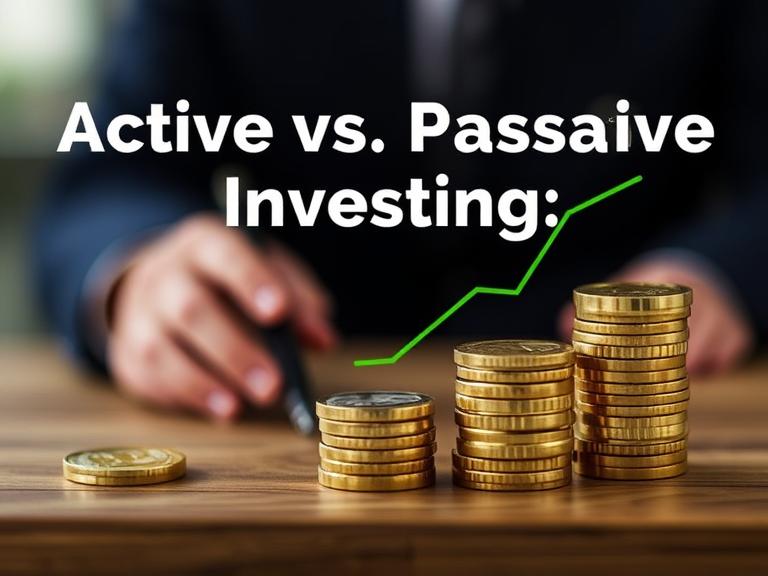The debate between active and passive investing has been ongoing for decades. Each approach has its merits—and drawbacks—and a financial consultant can help determine which is best aligned with your goals, risk tolerance, and time horizon.
Passive investing involves putting money into index funds or ETFs that aim to replicate the performance of a specific market index, like the S&P 500. It’s low-cost, requires little management, and generally performs well over the long term. Passive investors bet on the overall market rather than trying to pick winners.
Active investing, on the other hand, involves a more hands-on approach. Fund managers or consultants make strategic decisions based on market research, aiming to outperform benchmarks. This method can potentially generate higher returns—but it comes with higher fees and risks.
Financial consultants bring clarity to this choice. For example, a risk-averse client with a long investment horizon might benefit from a mostly passive approach with minimal cost. Meanwhile, someone seeking higher returns and willing to accept volatility may lean toward active strategies, especially in niche markets or under-researched sectors.
Often, consultants recommend a blended strategy—leveraging passive funds for core stability and using active positions for tactical opportunities. This hybrid approach allows investors to enjoy the benefits of both worlds: low costs and high potential.
In the end, it’s not about choosing sides—it’s about creating a strategy that aligns with your financial goals. And that’s where a financial consultant’s insight is invaluable.

Leave a Reply